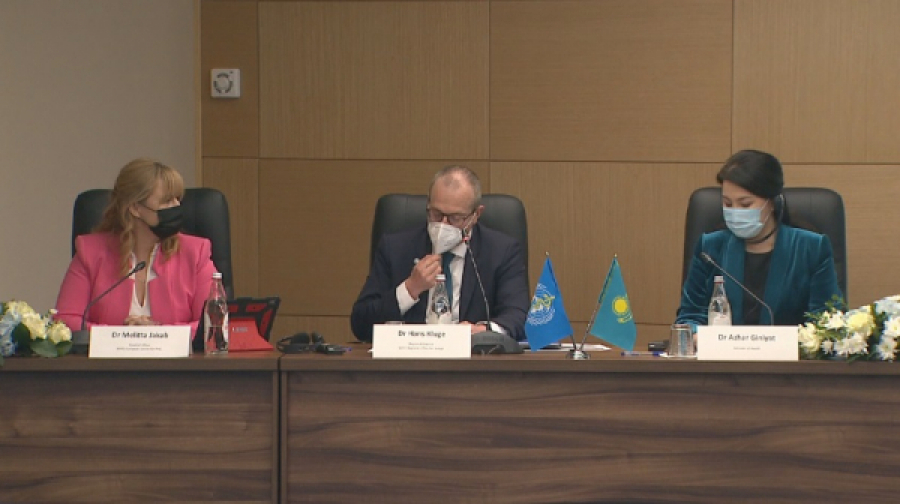
Archaeologists have discovered the Center of Ancient Writing in the Kultobe settlement. Scientists say that ceramic tables with inscriptions have a history of more than 2,000 years. For the first time not just a fragment, but several full texts in Aramaic were found. It is one of the dialects of the ancient Eastern Iranian language. The inscriptions were engraved on bricks, which were then burned and used for their intended purpose. Much has already been deciphered. The world’s leading paleolinguistics professionals became interested in these ceramic tables.
“Not every nation in the world has a written culture. Only a very few states can boast of having a written history. And especially in the form of ceramic bricks. It refers to a major regional event involving representatives of such centers as Samarkand, Bukhara, Kesh, Karshi and Shash. Most importantly, there is a record about the formation of the city, about the land with two kinds of owners, the so-called people of tents or nomads, and people of the gardens, meaning the sedentary agricultural population,” said Alexandr Podushkin, Professor at the South Kazakhstan State Pedagogical University.
During the excavations, archaeologists also found other unique artifacts, including the famous nomad bow, pottery and jewelry. Scientists are convinced that these findings reveal valuable information about what the Kangly state was like.
Translation by Assem Zhanmukhanova
Editing by Galiya Khassenkhanova









